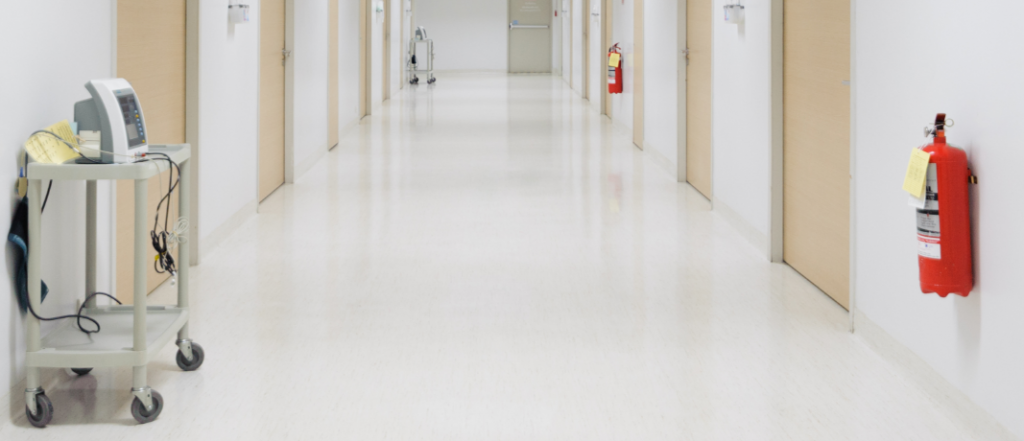Fire Safety in Healthcare Facilities: Protecting Patients, Staff, and Visitors
Fire safety in healthcare facilities encompasses a unique set of challenges due to the vulnerability of the populations they serve and the complexity of the environments. Hospitals, nursing homes, and other medical institutions are not just buildings but vital centres where lives are saved and sustained. Ensuring their safety from fire hazards requires meticulous planning, advanced technology, and a deep understanding of regulatory environments and practical realities. This blog post explores the essential elements of fire safety explicitly tailored for healthcare settings, emphasising the critical need for robust fire safety protocols.

Healthcare facilities often care for individuals with limited mobility or cognitive impairments, challenging traditional evacuation methods. Patients with mobility issues may require special equipment or assistance to evacuate, while those with mental impairments may not respond to alarms or instructions in a typical manner. This section discusses how fire safety plans in healthcare settings must be designed to accommodate these needs, ensuring that all patients can be evacuated safely and efficiently during a fire. Specialised training for staff, personalised evacuation plans, and clear, accessible escape routes are just a few of the measures needed to protect these vulnerable groups.
Healthcare facilities must adhere to stringent fire safety regulations to protect patients, staff, and visitors. These regulations are often more rigorous than those for other types of buildings due to the high risks associated with the populations they serve. This section will explain the essential legal requirements, including fire drills, equipment checks, and building codes, designed to minimise the fire risk. It will also discuss how compliance is not just about meeting legal obligations but is crucial for ensuring the safety and well-being of every facility member. The role of continuous staff training and regular safety audits will be highlighted to demonstrate how healthcare facilities maintain their readiness to respond to fire emergencies.
Advancements in fire safety technology have led to innovative solutions specifically tailored for healthcare environments. This section will highlight cutting-edge technologies and strategies that enhance fire safety in medical settings, such as smoke curtains, fire-resistant medical equipment, and advanced alarm systems designed to operate effectively in complex healthcare environments. We will explore how these technologies help achieve compliance with strict regulations and provide additional layers of safety, reducing the risk of fire-related incidents and ensuring a quicker response when seconds count.
Capital Fire Doors specialises in providing top-tier fire door solutions for maintaining fire safety in healthcare facilities. This section will describe how their expertise in fire-resistant doors and containment systems enhances safety measures. By focusing on the specific needs of healthcare institutions, Capital Fire Doors offers customised solutions that integrate seamlessly into existing safety protocols, ensuring that all facility areas are adequately protected from fire threats. The importance of expert installation and maintenance services will also be discussed, underscoring Capital Fire Doors’ commitment to upholding the highest fire safety standards in healthcare settings.
Adequate fire safety measures are vital in healthcare settings and have high stakes. Partnering with Capital Fire Doors ensures that facilities are equipped with the best fire door safety technology, providing peace of mind and safeguarding the lives of patients, staff, and visitors.
